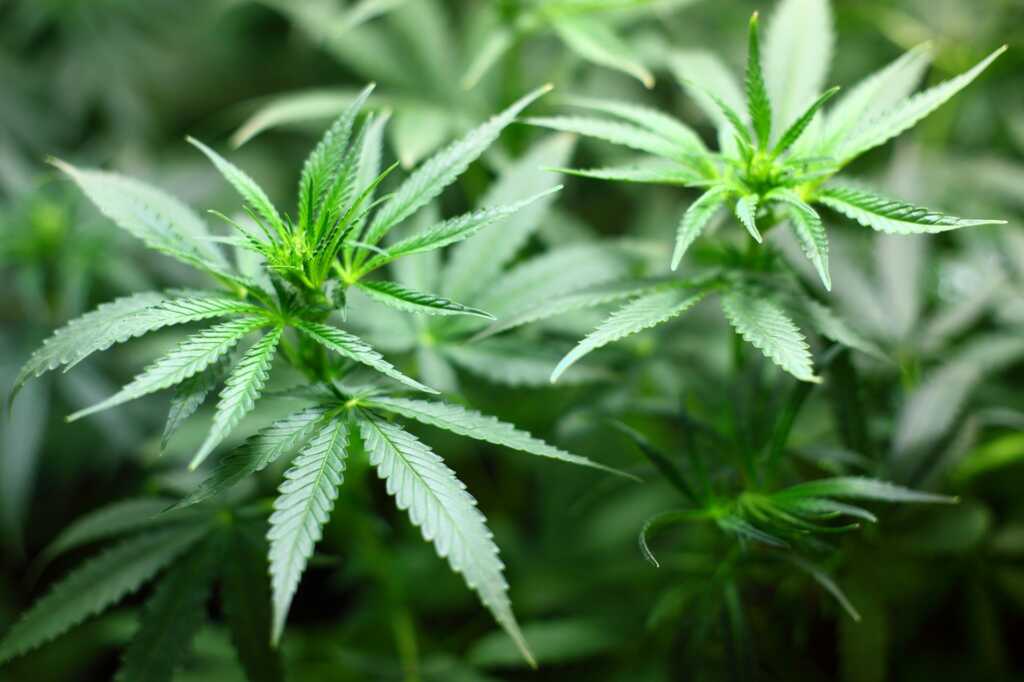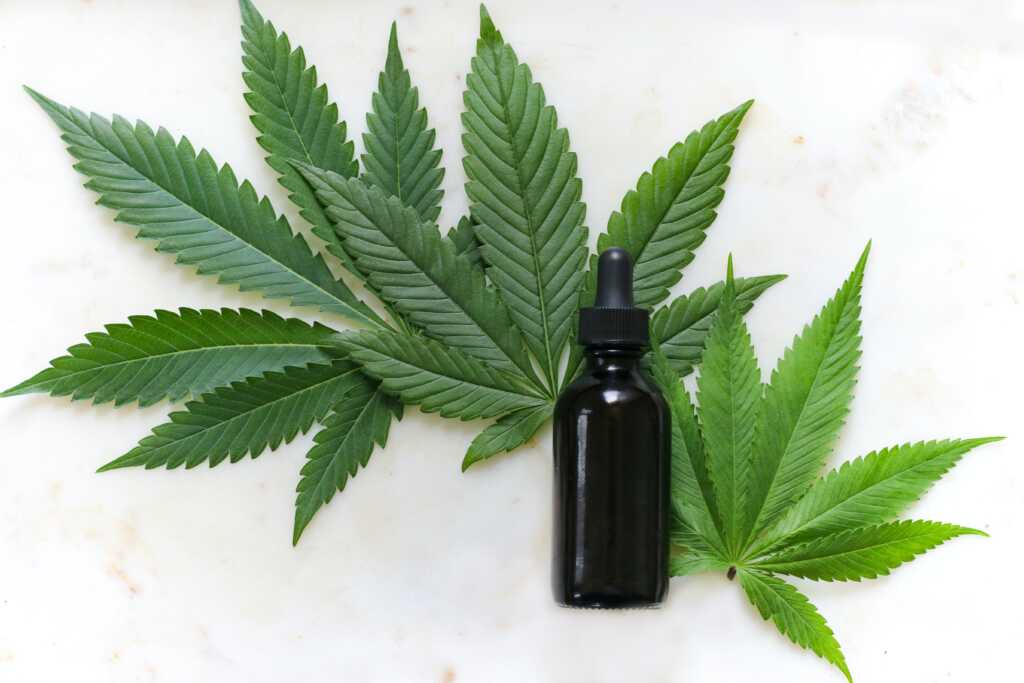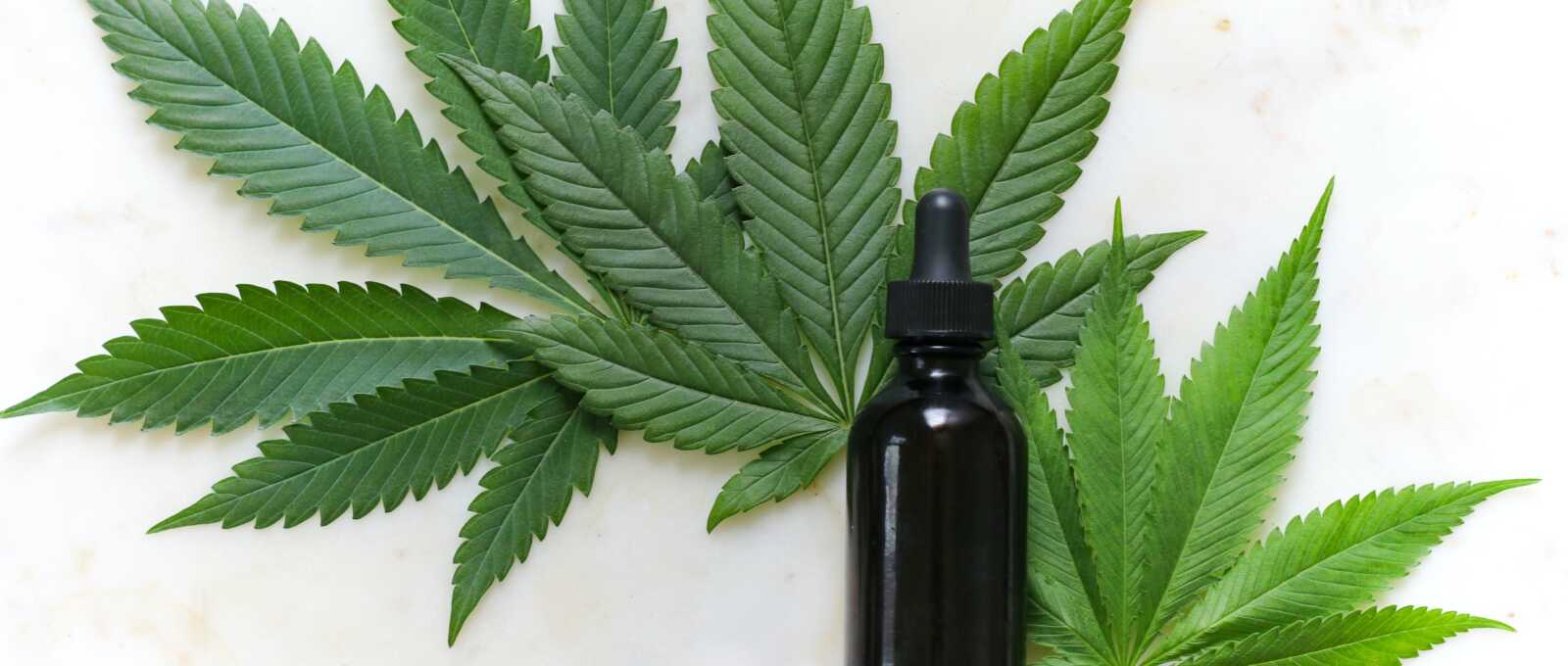If you are interested in understanding the use of cannabis for migraines or headaches read on!
- What is Cannabis?
- The History of Cannabis for Migraines and Headaches
- Current Evidence for Cannabis to Manage Migraines and Headaches
- Safety and Side Effects of Cannabis
- Bottom Line of Cannabis For Migraines and Headaches
What is Cannabis?
The cannabis plant is truly a multipurpose plant. Historically, it has been used to make cloth, paper, food as well as used medicinally[1]. Cannabis produces over 700 chemical compounds and roughly 50 of these compounds are produced in significant enough amounts to be studied[1]. These compounds are called phytocannabinoids. The most well-known phytocannabinoids include tetrahydrocannabinol (THC) and cannabidiol (CBD). Among other phytocannabinoids, THC and CBD have unique and complex mechanisms of action which gives cannabis its recreational and medicinal properties.

The History of Cannabis for Migraines and Headaches
Cannabis has an interesting history in research and evidence. Before it was removed from the Western pharmacopeia in 1941, cannabis was commonly used to manage headaches and migraines[2]. It was even listed in the 1919 Eli Lilly catalogue as a treatment for migraine as Cannabis Indica up to 1 gram[1]!
The research then consisted mostly of case reports and physician’s experiences[2]. They reported its efficacy in the prevention as well as the management of headaches and migraines. Back then, alcohol extractions of the drug in the range of 16–32 mg was what was most commonly prescribed[2]. This dose was kept low most likely to help minimize the psychoactive effects of cannabis[2].
Current Evidence for Cannabis to Manage Migraines and Headaches
Today, much of the evidence is from self reported studies[3],[4] or case reports[5]. Most of the patients reporting on their symptoms in these papers have noted an improvement in their headaches and migraines[3],[5]. Some reported improvement on pain severity, some on decrease in frequency or both severity and frequency[3],[5]. The route of administration varied from study to study. When patient’s required a fast onset of action, inhaled cannabis was most commonly used whereas cannabis oils or edibles were used when a longer duration of actions were required or if patients were using cannabis as a preventative therapy[3],[5].
Evidence such as case reports and self-reported studies are subject to bias and various limitations, however these positive findings are important to encourage future research in the use of cannabis for headaches and migraines.

Safety and Side Effects of Cannabis
It is a misconception that cannabis does not have any risks or side effects because the active ingredients come directly from the plant. Whether cannabis is being used medically or recreationally, informed and responsible use is important. Here are some safety considerations for the use of cannabis:
- Cannabis should not be used in people under 25 years of age. There is some research to suggest that cannabis can affect the developing brain[6].
- Consuming cannabis by smoking still exposes the lungs to harmful by-products from the smoke[7].
- Cannabis can interact with prescription medications[1] (for example: blood thinners, benzodiazepines etc.)
- Cannabis is not appropriate in certain medical conditions[1] (for example: history of stroke, bipolar disorder, psychosis etc.)
Bottom Line of Cannabis For Migraines and Headaches
Cannabis therapy is highly individualized but can provide benefits when the proper product and dose is used. Cannabis may be effective in reducing the severity of headaches and migraines as well as the frequency. More robust research such as a placebo-controlled trial, is needed to further understand the extent of the benefits of cannabis in the management of headaches and migraines. Consult with your pharmacist or physician to see if cannabis therapy is appropriate for you.
Author(s):
Valerie Simoncic, BSc. Pharm Candidate, Faculty of Pharmacy
University of Waterloo
Edited and Reviewed By:
Rahim Dhalla, BSc. Pharm, MBA
Owner and Founder of Hybrid Pharmacy, https://hybridpharm.com is located in Ottawa & the first community pharmacy that specializes in cannabis
References:
1. Backes, M. 2017. Cannabis pharmacy: The Practical Guide to Medical Marijuana. Black Dog and Leventhal Publishers.
2. Lochte, B. C., Beletsky, A., Samuel, N. K., & Grant, I. (2017). The Use of Cannabis for Headache Disorders. Cannabis and cannabinoid research, 2(1), 61–71. doi: 10.1089/can.2016.0033
3. Cuttler, C., Spradlin, A., Cleveland, M. J., & Craft, R. M. (2019). Short- and Long-Term Effects of Cannabis on Headache and Migraine. The journal of pain : official journal of the American Pain Society, S1526-5900(19)30848-X. Advance online publication. https://doi.org/10.1016/j.jpain.2019.11.001
4. Rhyne DN, Anderson SL, Gedde M, Borgelt LM. Effects of Medical Marijuana on Migraine Headache Frequency in an Adult Population. Pharmacotherapy. 2016;36(5):505‐510. doi:10.1002/phar.1673
5. Baron, E. P. (2018). Medicinal properties of cannabinoids, terpenes, and flavonoids in cannabis, and benefits in migraine, headache, and pain: an update on current evidence and cannabis science. Headache: The Journal of Head and Face Pain, 58(7), 1139-1186. https://doi.org/10.1111/head.13345
6. Lubman, D. I., Cheetham, A., & Yücel, M. (2015). Cannabis and adolescent brain development. Pharmacology & therapeutics, 148, 1–16. DOI: 10.1016/j.pharmthera.2014.11.009
7. Tashkin D. P. (2013). Effects of marijuana smoking on the lung. Annals of the American Thoracic Society, 10(3), 239–247. https://doi.org/10.1513/AnnalsATS.201212-127FR



Leave a Comment